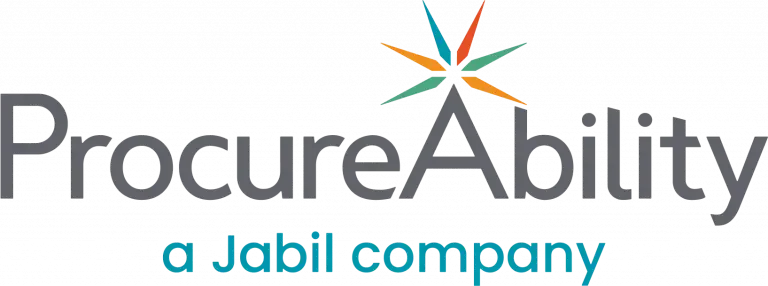
Power outages are becoming more frequent and severe, affecting businesses of all sizes and across industries. Whether due to hurricanes, wildfires, winter storms, or grid instability, these disruptions can result in production downtime, damaged inventory, lost revenue, and reduced employee productivity. While the operational impacts of power outages are well known, the procurement function plays a critical (yet often overlooked) role in mitigating these risks. By developing a proactive emergency generator procurement strategy, organizations can maintain business continuity and avoid costly interruptions.
Buy vs. Rent: How Procurement Can Guide Emergency Generator Decisions
When planning for temporary power, one of the first decisions is whether to buy or rent emergency generators. While each option has merit, rental generators offer several advantages for organizations with short-term or seasonal needs:
- Cost Efficiency: Lower upfront investment for short-term or unpredictable needs.
- Flexibility: Ability to scale generator capacity based on business requirements.
- Space Optimization: No need for permanent infrastructure.
- Reduced Maintenance Burden: Rental providers typically include service and support.
Procurement professionals can conduct a cost-benefit analysis to evaluate rental vs. purchase, taking into account lifecycle costs, project timelines, and maintenance considerations.
How Procurement Can Drive Value in Emergency Generator Sourcing
To ensure reliable access to temporary power solutions, procurement teams should apply core sourcing best practices tailored to the emergency generator market. Below are three critical areas where procurement adds strategic value:
1. Proactive Planning and Sourcing Strategy
A well-defined procurement plan for temporary power ensures alignment with operational requirements and improves sourcing efficiency. Procurement should:
- Collaborate with operations teams to forecast seasonal power needs.
- Define generator specifications, including voltage, fuel type, emissions standards, and cabling requirements.
- Account for lead times and availability constraints during peak outage seasons (e.g., wildfire or hurricane seasons).
- Release RFIs early to gather supplier insights and assess on-site feasibility.
- Establish milestones and risk mitigation strategies to keep timelines on track.
This level of coordination helps avoid supply disruptions when demand surges.
2. Conducting a Comprehensive Supply Market Analysis
Understanding the power rental market is essential for effective supplier evaluation. Procurement teams should perform a detailed supply market analysis that includes:
- Regional and national market share of rental providers.
- Seasonality and price trends based on fuel type (diesel, natural gas, battery).
- Supplier reliability and safety records, which are critical in emergency scenarios.
- Compliance considerations, including state-specific emissions regulations.
- Technology trends, such as clean energy alternatives like battery storage and solar generators.
By monitoring market volatility and evaluating supplier capabilities, procurement teams can identify reliable partners and optimize contract terms.
3. Total Cost of Ownership and Negotiation Strategy
When sourcing emergency generators, it’s important to evaluate the total cost of ownership (TCO), not just the rental price. Procurement should consider:
- Fixed Costs: Rental fees, cabling, switchgear, trailers, and fuel tanks.
- Variable Costs: Labor, fuel markups, delivery and removal fees, and maintenance rates.
- Contract Terms: Multi-year agreements may offer discounts but require careful cost-benefit analysis.
Performing a should-cost analysis enables procurement to benchmark pricing, assess financial impact, and negotiate more effectively. Additionally, procurement can evaluate bundling services or long-term contracts to gain cost savings and operational reliability.
Procurement’s Role in Business Continuity Planning
In today’s risk-prone business landscape, emergency generator procurement is a strategic lever for operational resilience. Procurement leaders have the tools and expertise to develop sourcing strategies that align with outage risk, evaluate and select reliable generator suppliers, optimize rental costs and contract structures, and ensure business continuity in the face of grid instability. By taking a proactive approach to temporary power sourcing, procurement professionals can protect critical operations, minimize downtime, and position their organizations for success, no matter the conditions ahead.
Source: 1) Economic benefits of increasing electric grid resilience to weather outages



